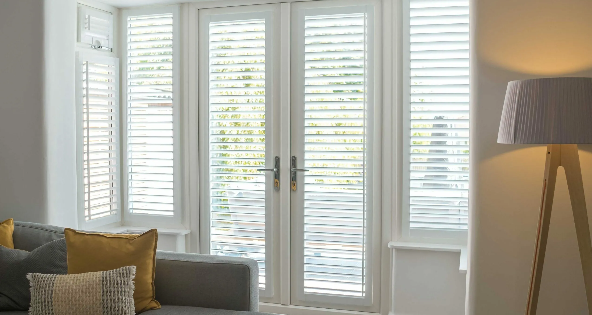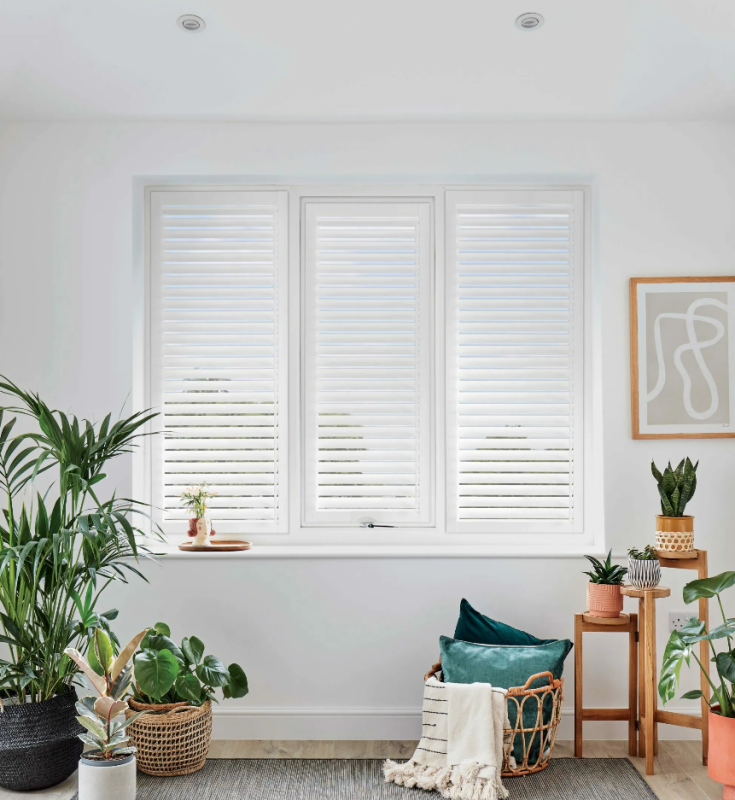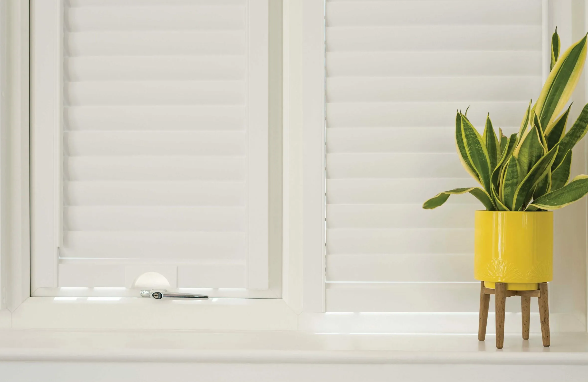Why Blinds Should Be a Feature in Every Classroom
The design of educational spaces is evolving, with a heightened focus on creating environments conducive to learning. One aspect often overlooked that can significantly impact the educational experience is the use of blinds. From controlling light to enhancing privacy, blinds can transform classrooms into optimal learning environments. This post explores the multifaceted benefits of installing blinds in educational settings.

Light Control for Optimal Learning
Lighting plays a crucial role in maintaining concentration and reducing eye strain. Natural light is beneficial; however, too much can cause glare and discomfort. Blinds offer a simple solution. With adjustable light control, blinds can reduce glare on whiteboards and digital screens, making it easier for students to focus on presentations and lessons. A study by the Heschong Mahone Group found that students in classrooms with well-controlled daylighting scored up to 18% higher on tests than those without. Blinds can also help to regulate the circadian rhythms of students, keeping them alert during learning sessions.
Energy Efficiency and Cost Savings
Educational institutions often operate within tight budgets, making energy efficiency a priority. Blinds can significantly contribute to a building’s thermal efficiency by providing an additional layer of insulation. During colder months, closed blinds retain heat, reducing the need for artificial heating. In warmer periods, they can reflect sunlight, keeping rooms cooler and decreasing the reliance on air conditioning. According to the Department of Energy, smart management of window coverings can reduce heat gain by up to 77%. These savings are not only beneficial for the environment but also for the school’s finances, potentially redirecting funds towards educational resources and activities.
Enhancing Privacy and Security
Privacy is paramount in certain areas of a school, such as counselling rooms or spaces where sensitive work is conducted. Blinds can provide an immediate barrier to external observation, creating a secure and private area for students and staff. In addition, secure classroom environments are crucial for student safety. Blinds can prevent unsolicited external viewing, giving peace of mind to both educators and parents that students are learning in a secure environment.
Aesthetic and Functional Benefits
Beyond practicality, blinds can contribute to the aesthetic appeal of a classroom, creating a more welcoming and engaging environment. They come in a variety of styles, colours, and materials, allowing schools to align them with their interior design themes. Moreover, modern blinds are designed to be user-friendly, with features such as motorised controls making them easily adjustable even for the youngest of students.

Supporting Special Needs
For students with special educational needs, such as those on the autism spectrum, controlled lighting is especially important. It can help reduce sensory overload and create a calming atmosphere conducive to learning. Blinds with anti-glare properties and the ability to soften harsh light can be an inclusive measure to support these students’ educational journey.
A Brighter Educational Future
Blinds, often considered just simple window dressings, play a crucial role in creating effective and dynamic learning environments. Their impact goes beyond just managing light and temperature; they significantly influence educational outcomes. By precisely controlling classroom lighting, blinds ensure optimal visibility, crucial for keeping students engaged and focused. This controlled lighting is not only beneficial for reducing eye strain but also supports the natural circadian rhythms of both students and teachers, leading to increased alertness and better overall cognitive performance.












